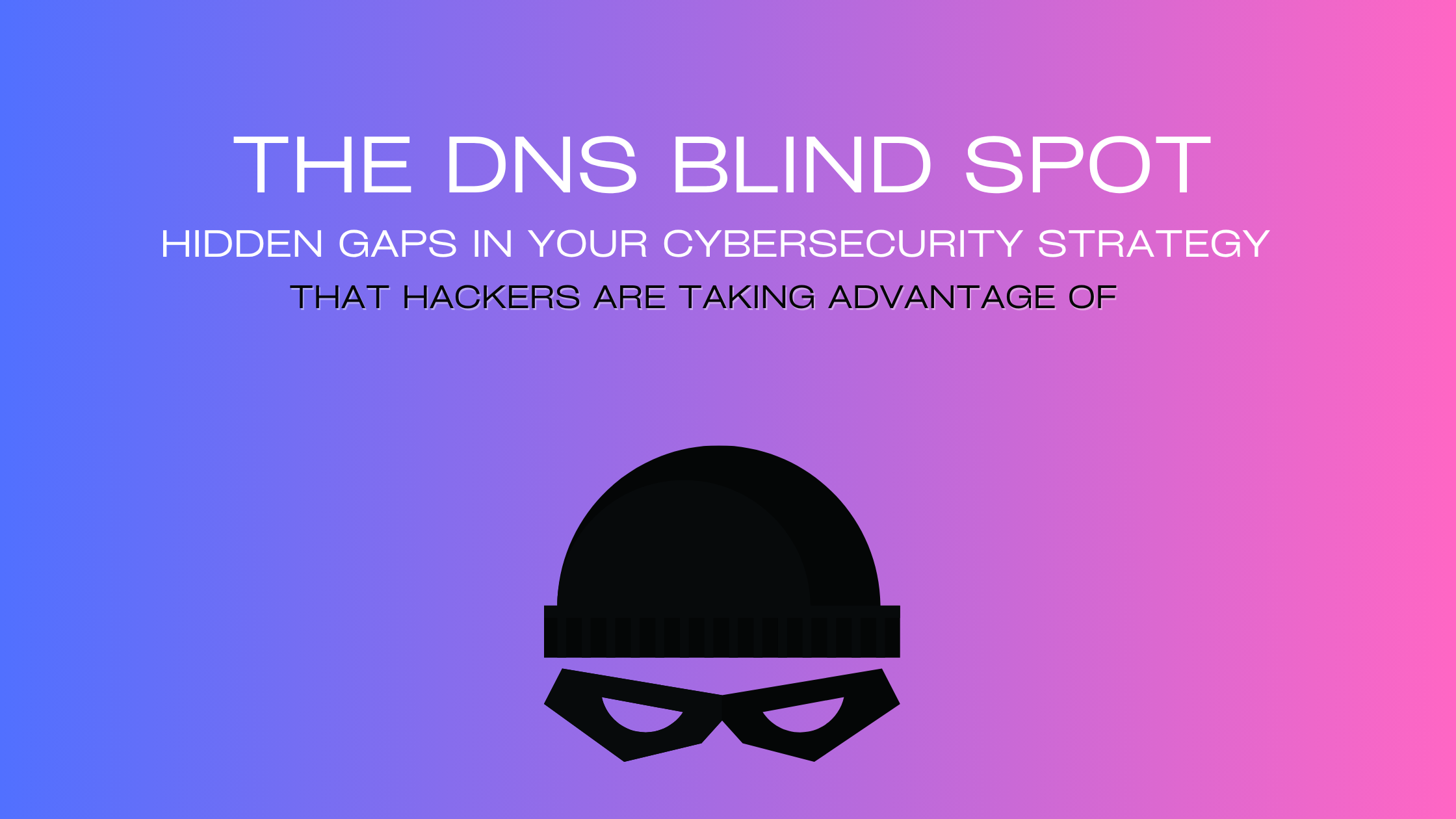DNS often goes under the radar, works quietly in the background, keeping emails and apps running. But it’s quickly becoming one of the easiest ways for attackers to slip past your defenses. If you’re not watching DNS closely, you’re handing adversaries a hidden path into your network.
As reported by CybersecurityNews, cybercriminals are using DNS TXT records to quietly deliver and execute malware, entirely beneath the radar of most traditional defenses. These attacks ar happening across industries, and most organizations don’t have the expertise to catch them.
DNS-layer threats demand more than basic protection. The real risk is, aside from downtime is breach, data loss, compliance failure, and long-term reputational damage. You need to understand how DNS operates, how attackers hide inside it, and how to lock it down without breaking your business.
Why DNS Is the New Blind Spot
Every device, app, and service on your network touches DNS. And while it’s essential for functionality, it also gives attackers a powerful and often invisible way in.
Malicious payloads can be hidden in DNS queries and responses, especially in TXT records, used for communication, credential theft, and data exfiltration. These queries look legitimate to most tools because DNS traffic is typically trusted and rarely scrutinized. This is what makes DNS so dangerous. According to TechRadar, even sophisticated security stacks often miss what’s buried inside DNS packets.
Industry Implications: Where the Risks Are Real
Healthcare: DNS-based attacks can expose protected health information (PHI) or deliver ransomware that paralyzes clinical systems. Legacy tech and strict uptime requirements make proactive DNS security essential.
Finance: When attackers use DNS to hijack domains or redirect financial traffic, they can bypass endpoint defenses and cause catastrophic regulatory violations. PCI, GLBA, and SOX frameworks increasingly expect DNS visibility.
Legal: Law firms handle high-value data, client records, contracts, litigation strategy, and are increasingly targeted by attackers who exploit undersecured infrastructure. DNS-layer attacks can be used to exfiltrate sensitive documents or compromise communication tools without triggering alerts.
Education: Fragmented systems and limited security budgets in the education sector create ideal conditions for DNS abuse. Threat actors can exfiltrate data or launch ransomware campaigns with little resistance.
What a Specialized MSP Does Differently
Not all MSPs are built for today’s threat landscape. If your provider isn’t inspecting DNS traffic, integrating threat feeds, and closing gaps in DNS configuration, they’re not protecting your full attack surface.
Here’s how SystechMSP approaches DNS defense:
- Active DNS Monitoring: We continuously track and analyze your DNS traffic, flagging suspicious activity like anomalous query patterns, rogue TXT records, or spikes in outbound traffic.
- Threat Feed Integration: We cross-reference every DNS query against known threat databases to block connections to malicious domains before damage is done.
- DNS Hygiene Management: We audit your entire DNS setup for misconfigurations, abandoned records, and shadow IT.
- Zero Trust at the DNS Layer: Every DNS request is evaluated, not assumed to be safe. Our zero-trust approach ensures internal and external queries are handled with equal scrutiny. This is a core part of how we protect clients operating in compliance-heavy, high-risk sectors.
Ready to See What You’re Missing?
You can’t patch what you can’t see. And right now, DNS is likely your most under-monitored and overexposed asset.
DNS threats go beyond downtime. A single breach can cost you data, compliance, and trust. Know how DNS works. Spot how attackers hide. Lock it down before they get in.

